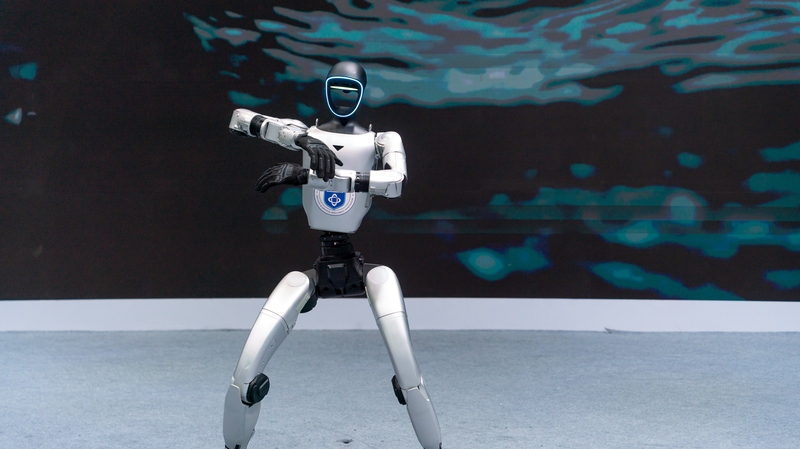At XPENG AI Day 2025, held Wednesday at XPENG Science Park in Guangzhou, Guangdong Province, XPENG took robotics to the next level. The spotlight was on Next-Gen IRON, a humanoid robot designed as a mobile extension of XPENG’s signature Physical AI strategy.
Building on last year’s prototypes, the new IRON model stands out with improved agility, advanced sensors, and seamless integration with XPENG’s electric vehicles. It’s one of four flagship products unveiled for mass production:
- VLA 2.0: An upgraded autonomous driving platform promising smarter city navigation.
- Robotaxi: A self-driving ride-hailing service set to redefine urban mobility.
- Next-Gen IRON: A versatile humanoid for everything from home assistance to industrial tasks.
- ARIDGE Flying Systems: Innovative aerial tech blending drones with AI for logistics and survey missions.
XPENG says these Physical AI products will scale up production in late 2025, aiming to bridge digital intelligence with physical capabilities. For young leaders and tech enthusiasts, the reveal underscores a key trend: automakers are no longer just building cars—they’re pioneering robotics platforms that could reshape everyday life.
As the battle for AI-driven mobility heats up across G20 markets, XPENG’s move highlights China’s growing role in the global tech arena. From EV innovation to humanoid robots and flying systems, the company is betting big on a future where hardware, software, and AI converge to create entirely new user experiences.
Reference(s):
cgtn.com

